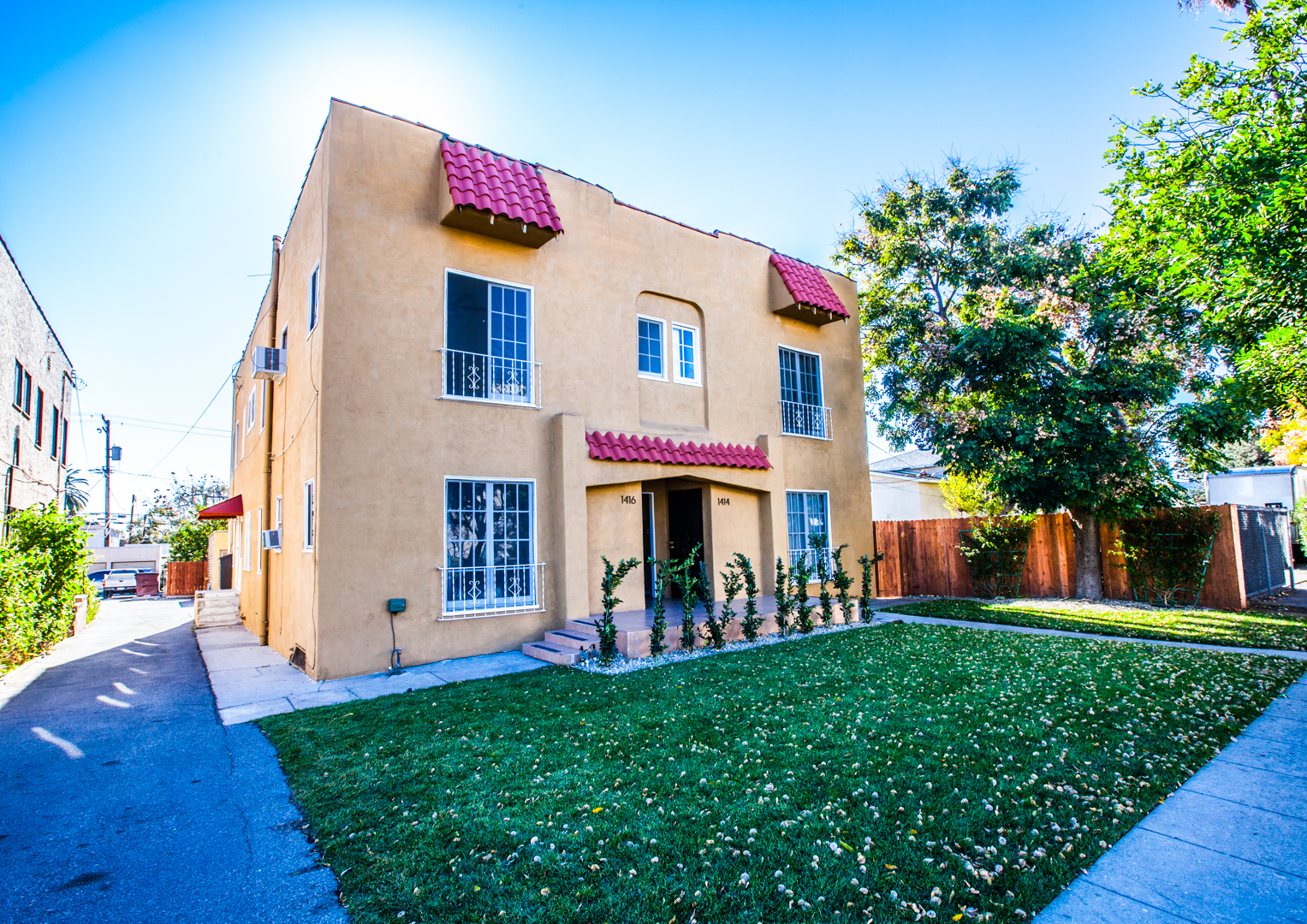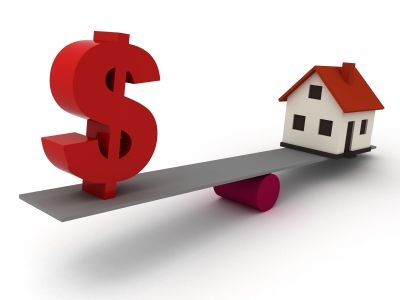I’ve had some very active buyers and sellers lately and it feels like everyone is in a 1031 exchange. This is a very important tax strategy in real estate, and it’s important that you know how to operate with precision when trying to execute a 1031. First I’ll explain what it is, and if you don’t need a refresher, go ahead and skip to the Strategy.
What is a 1031 Exchange?
Simply put, a 1031 Exchange is when you sell an income property, buy a new income property to replace it, and skip paying taxes on your sale.
What are the rules?
- They have to be income properties – essentially that means that neither property can be your primary residence. I’ve heard of some people doing some tricks like putting title in an LLC and paying themselves rent, but I’m not a lawyer and that is certainly not advice.
- You have to name 3 options for your replacement properties (or “uplegs”) within 45 days of your sale property (or “downleg”) closing escrow.
- You have to complete the purchase of your upleg(s) within 180 days of the sale of your downleg.
- Both the equity (cash down) in your upleg(s) and the total value (purchase price) has to be equal or greater than that of your downleg(s).
- All has to be accomplished within the same taxable year and to the same person(s) on title.
- You have to own the property for one year before selling.
These are the most common and basic rules. There are more if you strive to be more creative.
The Strategy
By skipping capital gains tax, you could save hundreds of thousands of dollars. But why sell in the first place if you’re just going to buy something else?
I’ve written about this before, but the fastest way to substantially grow your wealth through real estate is by buying and selling again and again. I’ve been a party to this and I think my clients in question would admit that I masterminded this growth for them. (And yes, when writing a blog your humility sometimes falls by the wayside.) Staying ahead of gentrifying neighborhoods, good deals and unnoticed potential is key to unlocking a property’s value that you can cash in one year later (1031 Rule #6).
Why sell that unlocked value rather than hoard it? Once you have unlocked a property’s value, you have maxed it out. And unless you have unlimited capital, you can’t simply buy more and more properties; you have to use that unlocked value to unlock even more value, and so on.
That’s the abstract. Here’s an example:
Property A, a fourplex, is selling for $780,000 in an up-and-coming neighborhood.
After closing the deal with 25% down, you fix up a vacant unit and rent it for $700/month more than the seller predicted. Another tenant moves out, and you do the same. Not only did you raise two rents in the property, but those rents are so high that you proved what the other units can get. You may or may not have the cash to renovate the other units, but who cares. You’ve implied the value in the property that no one saw before; you’ve unlocked it. Now your property is worth $1,050,000 (if your agent knows how to present that unlocked value as current value).
You spent $50,000 to fix it up, and $220,000 on the down payment. After a year, the mortgage pay down is near negligible. But you doubled your equity to $540,000 on a $1.05M value. The bank not only won’t value your property like a buyer will, but it also won’t let you cash out enough to do it again. So you sell to a smart, more fluid, and less hands-on buyer and do it twice more with the newest gentrifying neighborhood / great deal / unnoticed potential.
If that sounded tricky, buying Properties B and C is where things can get sticky.
Because you only have 45 days to name your next properties, being sharp and aggressive during this process is absolutely essential. You make strong bids, drive by dozens of properties, and always see the forest rather than the trees.
When I have a client in a 1031 exchange, that client usually gets my ideas in their inbox first because (a) the 1031 time sensitivity and (b) they reward me with selling their property, as well as their responsiveness and aggressiveness in getting the next amazing deal.
Do you want to make one of these deals happen? I’ll tell you how you can unlock the value in your property to get top price, and guide you towards doing it again.
IMPORTANT DISCLAIMER: I am a licensed real estate agent, not a CPA nor a tax attorney, and nowhere on this website am I offering you tax advice.













